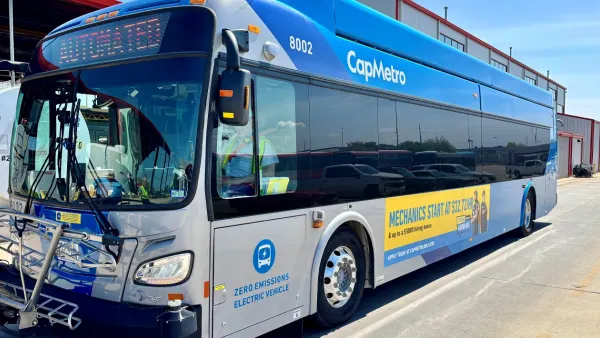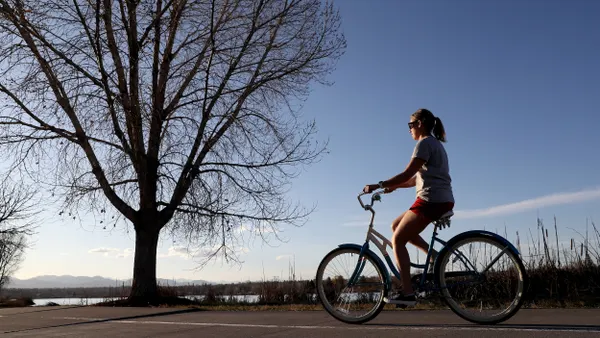Dive Brief:
- The Massachusetts cities of Cambridge and Somerville have launched initiatives to improve traffic safety by using technology to sense human activity on roadways.
- The cities partnered with technology companies Draper and Miovision on a pilot program for a high-traffic corridor between the two cities. The partnership will feature a traffic measurement system to generate data and measure high-risk behaviors that may impact pedestrians and cyclists as well as other drivers. It is hoped that the results will then help inform future intersection and street design.
- “With the introduction of video-based traffic monitoring, traffic planners have more big data to work with,” Peter Miraglia, project lead in Draper’s Global Challenges Initiative, said in a statement. “By using data in all its forms — risk assessments, traffic volume, pedestrian counts, near-miss incidents, cross-walks crowded by those waiting for a light change — we can better understand the causes of traffic-related injuries at intersections and roadways and change the paradigm from post-accident assessment to real-time observation.”
Dive Insight:
Both cities recently made commitments to Vision Zero, the international initiative to eliminate traffic fatalities and injuries, and this technology-driven approach should help them both understand how street and intersection designs need to be refined and made safer. Cities increasingly are signing on to Vision Zero to reduce the numbers of deaths on their streets, with the likes of Boston, New York City and San Francisco testing different approaches like driver education, reducing speed limits, improving priority corridors and speeding up traffic safety projects to try and make quicker progress.
Such safety initiatives come with road deaths still high. Earlier this month, the Governor’s Highway Safety Administration (GHSA) released a report projecting that the number of pedestrian fatalities will be the highest since 1990, a 4% increase over 2017 and the continuation of a deadly upwards trend. That is reflected in similar data from Smart Growth America, which found there were 12,057 pedestrian deaths in 2016 and 2017 combined (6,080 and 5,977 deaths, respectively), the two highest totals on record since 1990.
While GHSA has suggested there are a number of factors behind the high fatality rate, including alcohol impairment and the growth in smartphone use, advocates have said streets must be designed better to ensure they are safer for pedestrians, especially given the trend towards mixed-use development that calls for walkable neighborhoods with retail, restaurants and residential.
Based on their Vision Zero initiatives, cities have demonstrated a greater commitment to increasing pedestrian safety in recent years, and using technology like in this partnership in Massachusetts could move things along.











